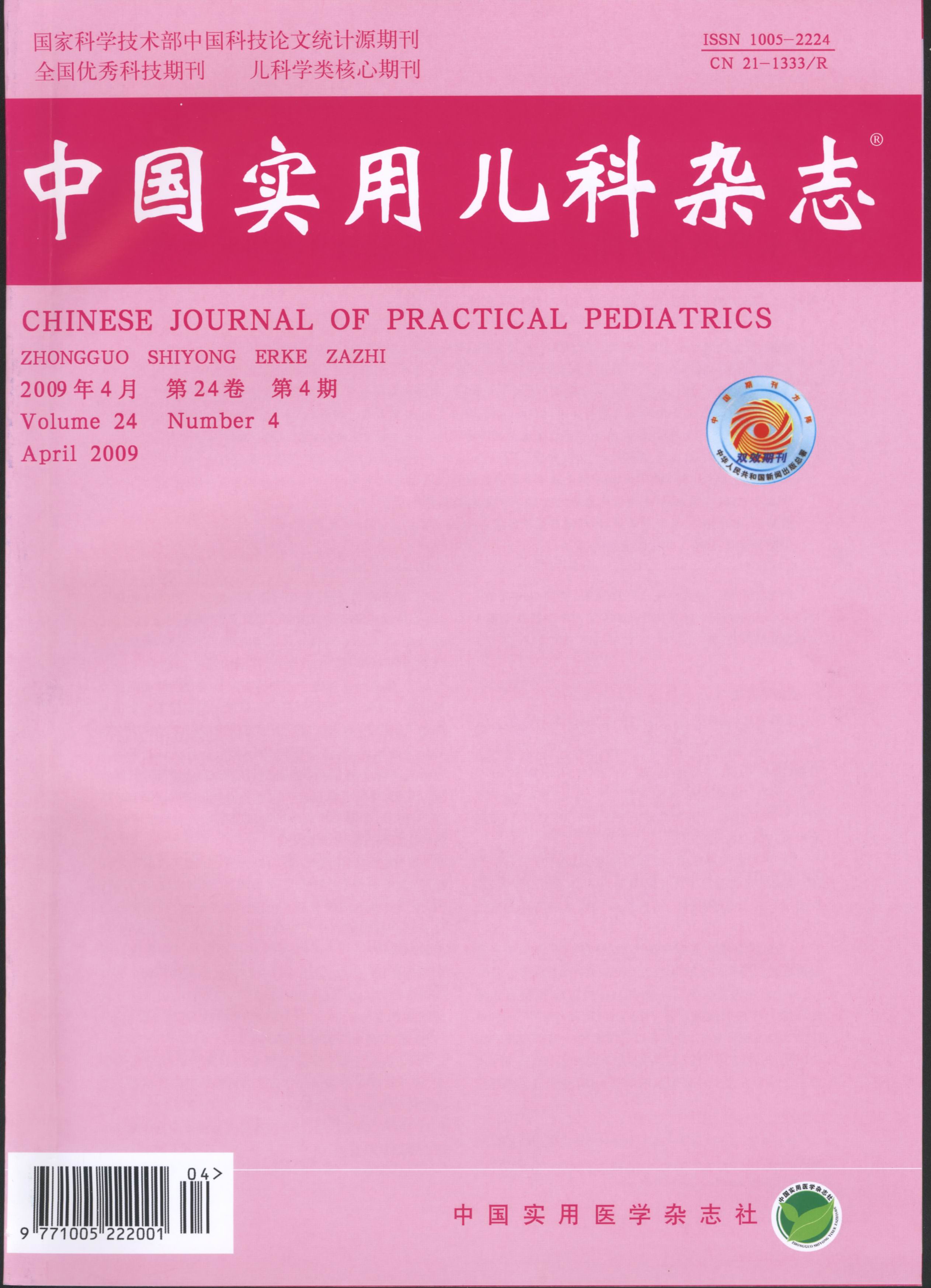Abstract:Objective To investigate the clinical and radiological features of methotrexate(MTX)-induced acute encephalopathy in children with acute lymphoblastic leukemia(ALL). Methods We reviewed clinical and radiological data of this complication in childhood acute lymphoblastic leukemia treated from July 1,2005 to August 31,2009 in Beijing Children Hospital. Results Seven patients experienced acute encephalopathy within 3~10 days after receiving high-dose i.v. and/or intrathecal MTX. The signs and symptoms varied at presentation: hemiparesis,dysphasia,seizure,weakness and facial palsy. All patients recovered after 3~5 days. Acute encephalopathy occurred associated with the dosage of MTX,the age of the patients and MTX metabolism. Four patients had restricted diffusion by diffusion-weighted image(DWI) in the deep white matter,esp. centrum semiovale and corona radiate. Conclusion Acute MTX encephalopathy often manifests transient and focal motor function deficit. Restricted diffusion on DWI is a sensitive sign of acute MTX encephalopathy.

